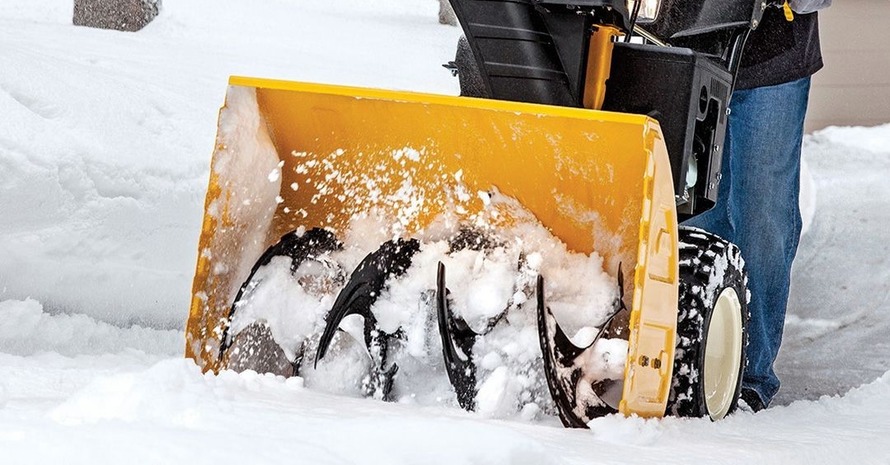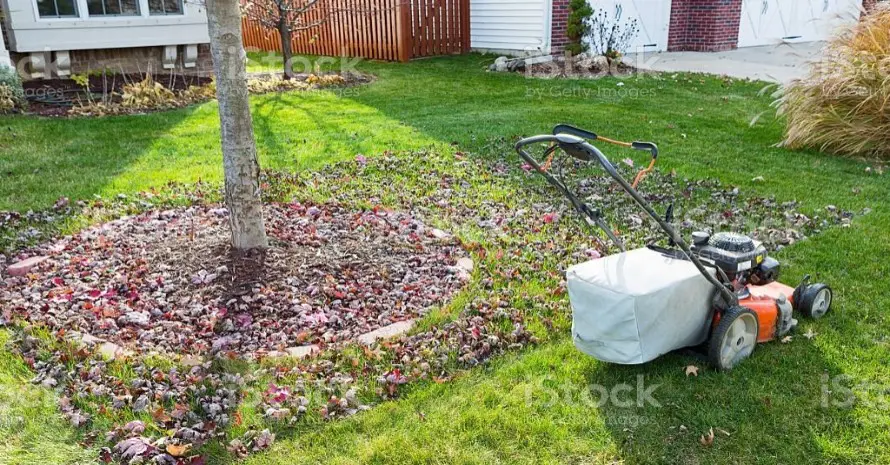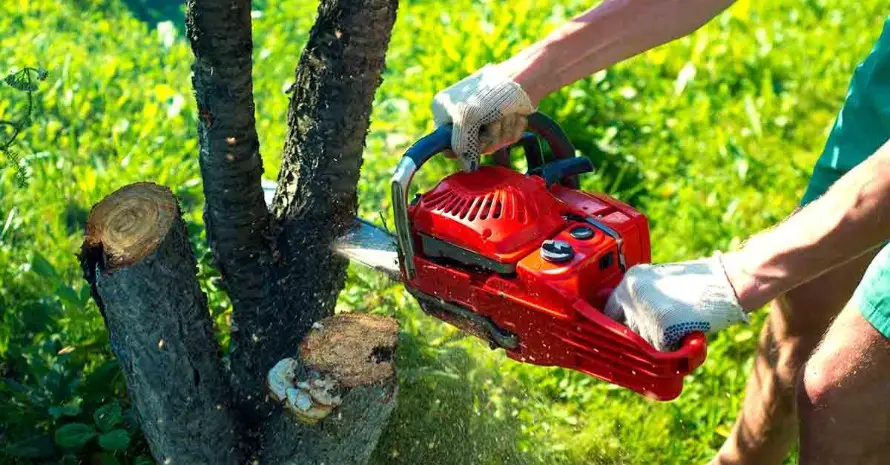Gasoline equipment requires more maintenance than any other type. One of the basic rules to extend an engine’s lifetime is to never leave it with a tank full of fuel for more than 3 weeks. Gasoline doesn’t age well since contact with oxygen and condensated water makes it lose its structure and properties. Gasoline gains sticky resins, which clog an engine and can lead to breakage. In this article, I provide instructions on how to get gas out of a snow blower and what alternative ways are of keeping your snow blower working.
Quick Guide on Draining Fuel
- Let a snow blower cool down and find a convenient place to maintain it.
- Open a fuel tank cap.
- Grab a siphon pump and put one end in the tank and the other — in an empty container.
- Always keep the container lower than the level of gasoline.
- Create pressure inside the tube by squeezing the valve and letting the fuel run.
Guide on How to Get Gas Out of Snow Blower
Before describing how to drain gas from a snowblower, I want to explain why you should not store this machine with gasoline inside. Here, I also provide an alternative way of ensuring that your gas-powered equipment runs as long as possible.

When do you need to empty a fuel tank?
A gas engine demands accurate maintenance since it is a complex machine that runs the whole instrument, and its repair costs much more than keeping the tool in proper condition. Snow blowers are designed for seasonal applications, and most of the year, they are kept in storage. Thus the right storing is no less important than effective use. The basic thing to do to make it extend its lifetime and prevent malfunctions is to empty the fuel tank before hiding the instrument away.
Fuel expires after being exposed to oxygen and absorbing moisture. It loses its homogenous entity and gets gummy deposits that interrupt the liquid’s stable flow. Moreover, if you use gasoline straight from the pump at the station, it usually contains up to 10 percent of ethanol. Ethanol mixes with condensated water inside the tank, which causes a corrosive acid and leads to clogging. This caused power reduction, and you might not even manage to start a snow blower.
It can be difficult to keep the constant temperature for at least nine months in the room where you store a snow blower, so you most likely won’t avoid condensation. You should not abandon a snow blower with the full tank for more than 30 days, but even if you do, you still need to replace the old gas with the new one and check if the snow blower works properly. Sonorous sound, accidental shutdowns, and difficult starting are the signals of breakage. However, there are some signs you might notice before even starting an engine:
- the fuel has a sour odor that is much stronger than fresh gas has;
- gasoline has become darker and gained a different color.
When there’s no need for the procedure
Another way to protect the tool’s engine is to add a stabilizer to the fuel. A stabilizer is a solution of antioxidants and lubricants that prevents evaporation by bonding with gasoline and creating a protective layer. It extends the fuel lifetime to a year, depending on which remedy you select. This remedy doesn’t influence the engine’s work in other ways except for preventing malfunctions since it burns up as soon as you start the machine.
How to siphon gas from a snowblower step by step
- Turn off the snow blower and make sure it cools down. Gasoline is highly flammable, and spilling it on a hot surface can cause fire and injuries. That is why you should also choose a safe place to store your tool.
- Prepare a siphon pump. It is not a specific tool, and its working principles are based on suction and gravity. Any siphon pump is a flexible tube that can be tuned in a U-shape. It has to be long enough to reach a fuel tank bottom and an empty container you’ve selected to fill with gasoline instead of the tank.
- Remove the fuel tank cap. You can also find a filter under the cap, and you should also remove it.
- Put one end of the tube in the tank and the other — in the empty container. Squeeze the pump on the tube with one hand and stabilize the siphon pump apparatus with another. Doing this creates pressure inside the tube, forcing the liquid to run from one container to another.
You will still have some fuel left inside the tank. The only way to get rid of it is to run the snow blower with fresh fuel.
FAQ on How to Remove Gas From Snowblower
Apart from the common questions, here is some additional information that will help you to understand how to drain the gas and what to do if you are a novice.
How long does it take for the gas to go bad in a snowblower?
I don’t recommend leaving a full tank for more than 3 weeks. However, the best option is to drain fuel as soon as you know there is no work to do.
What is the easiest way to drain a gas tank?
Using a siphon pump is the easiest and the shortest way to remove old fuel from the tank. A siphon pump has a simple construction: It is a flexible tube. By creating pressure inside of it, you enable the flow of the liquid from one container to another.
How do you bypass the anti-siphon valve?
Cut the tube you are putting into the tank at an angle to get an abrupt ending and stick it into the hole with twisting and pushing motions. Join it to a wider tube, squeeze it, and let the fuel flow.
What if I forgot to drain gas from the snowblower?
If fuel stays in the tank for more than 30 days, it loses its properties. Old gas in a snowblower gets gummy deposits, which prevent the free flow of the liquid to the engine and clog a carburetor. As a result, a snow blower will work with interruptions and might not even start.
Preventing Snow Blower Breakage
Leaving the tank full of gasoline for more than 3 weeks is a serious mistake that can lead to the machine’s breakage, which you might not manage to fix. Gasoline loses its normal consistency and can’t circulate inside the mechanism properly. You can prevent clogs in two ways: by draining the fuel and by using a stabilizer.
Do you know any alternative methods of keeping the snow blower’s engine in the proper condition? Please share your experience.




